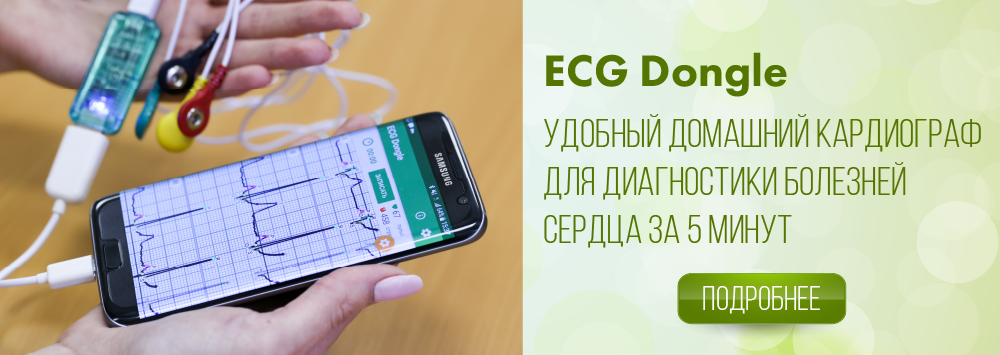Re-entry
Re-entry is acirculation of excitation wave along closed pathways. Re-entry as a mechanism of occurrence of arrhythmia is the result of the development of unidirectional block in a certain area of the conduction of excitation impulse in the anterograde direction. But this block disappears in it by the time the impulse can spread from the opposite direction. As a result, the excitation impulse begins to circulate in a circle and generates excitation of the surrounding tissue. Unidirectional block of conduction of the impulse occurs because in a certain region of the conduction system or in the contractile myocardium refractivity increases and the speed of conduction decreases. It is believed that most paroxysmal tachycardia arise by the mechanism of re-entry. It is possible that arrhythmia occurs by one mechanism, and than continues by the mobilization of another mechanism.
Experimental and clinical observations indicate that arrhythmias by the mechanism of re-entry occur in the sinus node, atria, atrioventricular node, ventricles.

